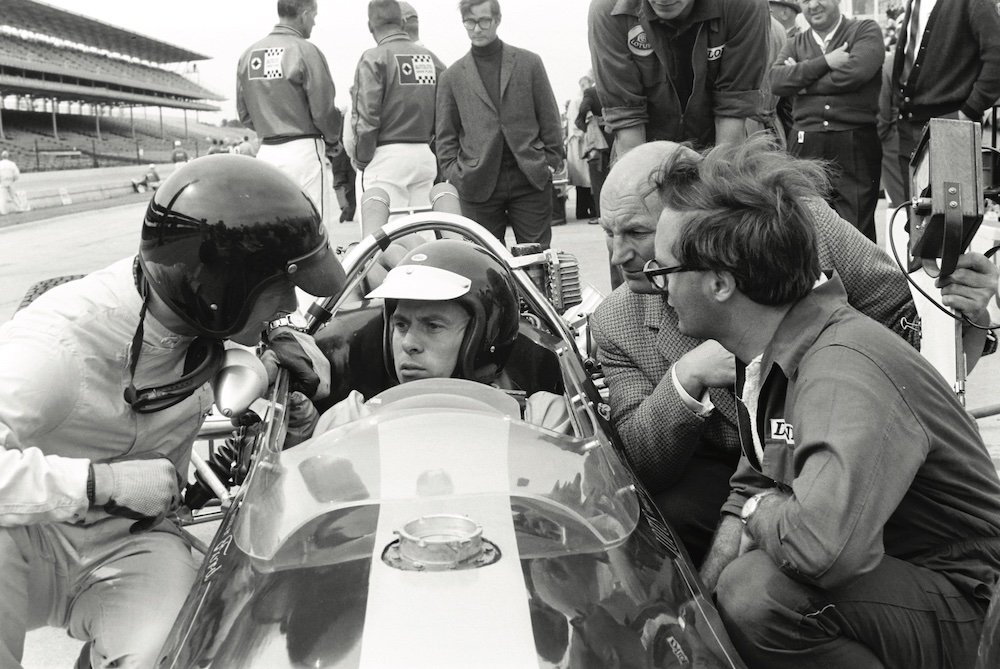Lotus at the Indy 500: A Historic Evolution
Authoritative Insights on Performance and Legacy
The Indy 500 has long been a significant milestone in motorsports, embodying not just victory but the challenges inherent in racing. Will Power’s reflections on the mental strain of pursuing this prestigious title reveal the depth of its impact on drivers, particularly for those who may race at the event only once a year.
When Team Lotus entered the Indy 500 in the 1960s, their ambitions were bold. Led by engineer Colin Chapman, Lotus sought to revolutionize the Indy car scene with rear-engine technology, a shift that had already proved successful in Formula 1.
Early Developments and Successes
In 1963, Jim Clark and Dan Gurney raced the Lotus 29 at Indy, marking a turning point for the competition. Clark’s strategy paid off during the race; fueled by exceptional efficiency, he took the lead after early pit stops while the roadsters struggled with multiple refueling visits. Although Clark finished second to Parnelli Jones due to a 48-second pit deficit, the performance established the rear-engine ethos that would dominate future races.
Post-1963, Clark and Gurney quickly proved the viability of their platform, clinching victories at Milwaukee and Trenton, pushing aside any doubts about rear-engine cars. However, the road to Indy victory was fraught with technical challenges.
The Transition to Lotus 34
By 1964, the update to the Lotus 34 incorporated a more powerful quad-cam Ford engine and improved suspension. Despite a remarkable pole position by Clark with a record average speed of 158.828 mph, the change to Dunlop tires compromised performance. Catastrophic mechanical failures for Clark and Gurney on race day illustrated the risks of innovation. A.J. Foyt emerged victorious, showcasing the resilience of traditional roadster designs.
Innovations in 1965
Recognizing the hurdles faced in 1964, Lotus reverted to Firestone tires for the 1965 race, equipping the new Lotus 38 with a groundbreaking platform. With an extended chassis and handling refinements, Clark dominated the 500, leading 190 of 200 laps and securing victory with an impressive average speed of 150.633 mph.
Despite bypassing the Monaco GP that year, Clark’s triumph at Indy solidified his place as a champion, yielding a financial reward of $166,621 compared to his F1 earnings.
Challenges and Decline
However, Lotus’s fortunes faded quickly. In 1966, Clark struggled with handling issues and led laps during a contentious race ultimately won by Graham Hill. The subsequent years saw a downturn for the team; mechanical failures in 1967 and 1968 led to the departure of Clark from the Indy circuit after a tragic series of events that included teammate fatalities and poor performance.
Enduring Legacy
Lotus may have exited the Indy landscape in 1969, but their pioneering spirit reshaped the sport, setting a precedent for future designs. The rear-engine paradigm, once ridiculed, proved dominant, influencing the trajectory of racing for decades. As Power aptly reflects on the psychological weight of Indy, the tale of Lotus remains a testament to innovation, resilience, and the relentless pursuit of excellence in motorsports.


